The Handguide to D’Angelo
We know D’Angelo has three studio albums, but with the twenty-fifth anniversary of Voodoo approaching, it’s time to highlight his humble beginnings through his discography and features.
On February 11, 1974, in Richmond, Virginia—a city soul fans remember as the birthplace of Major Harris—Michael Eugene Archer, better known as D’Angelo, was born. When he was three years old, he shocked his older brother by playing Prince songs on the piano without anyone having taught him. Shortly thereafter, he began playing piano for the choir at his father’s church. He took classical piano lessons for about two years in his early teens. Although he couldn’t read music, he quickly mastered any piece, so his piano teacher recommended Virginia Commonwealth University. There, he encountered Ellis Marsalis and James Moody, but by a twist of fate, he never got the chance to fully delve into jazz studies, something that went against his own wishes—or so the story goes.
He formed an R&B band called Michael Archer & Precise in his mid-teens with his cousins. At sixteen, they won a local contest and earned a spot at the Apollo Theater’s Amateur Night, where they performed Peabo Bryson’s “Feel The Fire” and took third place (during a later appearance, he sang Johnny Gill’s “Rub You The Right Way” and won). Around the same time, he worked as a co-producer for a hip-hop group called 1.D.U. (Intelligent Deadly Unique), creating tracks for them. The group’s demo tape, which aimed to fuse soul and hip-hop, eventually landed in industry hands, shining a spotlight on D’Angelo’s talent—he was the group’s brain and singer. In 1992, a music publishing company invited him to New York, where he revealed the early form of the style that would eventually lead to “Brown Sugar.” He first secured a publishing deal, then soon afterward signed as an artist with EMI.
The songs he wrote in his Richmond bedroom (where Prince posters adorned the walls) using a four-track recorder and an Ensoniq sampling keyboard were released to the world in 1995 as his debut album, Brown Sugar. Instantly, he drew a great deal of attention as a new R&B singer from the hip-hop generation, clearly set apart from conventional R&B vocalists. It’s said that when he debuted, 4,000 people—four times the venue’s capacity—crowded into his showcase live performance, causing chaos in the surrounding area. There’s even a legend (or rumor) that Prince himself couldn’t get in. His rise helped spark a movement that brought other retro-but-fresh soul acts onto the scene, including female singers such as Erykah Badu.
In 2000, after more than four years, he released his second album, Voodoo. Not only did it minimize programmed beats in favor of featuring many talented musicians, but it was also recorded at Electric Lady Studios, founded by Jimi Hendrix, which added even more authenticity to the work. Considered by many to be a masterpiece, the album won a Grammy for Best R&B Album. Thanks to the hit track “Untitled (How Does It Feel),” whose provocative music video featured him shirtless, D’Angelo cemented his status as a sex symbol. Unfortunately, that was the peak of his smooth sailing: after finishing the Voodoo tour, he fell into alcohol and drug abuse, eventually needing rehab. Though rumors of new music surfaced from time to time, the years slipped by with no formal album release.
His turnaround became apparent around 2012 when he began appearing in numerous European tours and festivals. His energetic shows, which also appealed to rock audiences, suggested that he was determined to ascend to a new level. Then, in December 2014, he finally re-emerged with the unexpected digital release of his third album, Black Messiah. Whether you call him the “Black Messiah” or the “R&B Jesus,” the music is funky and energetic, a beautiful gospel for the soul.
Brown Sugar (1995)
A debut album where mature soul sensibilities collide with youthful impulses. Much like Donny Hathaway, D’Angelo (who was only 21 then) plays Rhodes and organ while singing love songs in a sweet falsetto reminiscent of his idol Marvin Gaye, weaving in layered, slightly rough-hewn backing vocals.
However, what he’s doing here isn’t just a 1970s neo-soul retread—it’s a new generation of soul music rooted in hip-hop art form and attitude. The title track that opens the album, produced with the help of Ali Shaheed Muhammad (A Tribe Called Quest), symbolizes this approach: on the surface, he’s singing about romantic love, but he’s actually praising marijuana. Despite an old-school sound palette, the way he half-sings and half-raps over a loop-like groove was groundbreaking at the time. You can hear that same spirit in the drum’n’bass-like beats of “Alright.”
This album—featuring a co-written track with Angie Stone, effectively his true mentor—also includes songs based on demos he made as a teenager, messing around in his bedroom while watching ‘70s Black movies for fun. Take “Shit, Damn, Motherfucker,” in which he imagines a scenario where a friend steals his wife: it has a Southern soul and blues-like theme plus a dangerous, almost gangsta-rap edge. You can feel his youthful imagination bursting at the seams. On the other hand, the slow jams “Me and Those Dreamin’ Eyes of Mine” (mixed mostly by Bob Power) and “Lady” (co-created with Raphael Saadiq) bring out a deeply romantic mood. Adding to that, a cover of Smokey Robinson’s “Cruisin” with arrangements by the renowned Dan Pierson further highlights D’Angelo’s deep reservoir of soul. The grand finale, “Higher,” featuring the original drummer Ralph Rolle, shows his church roots right up to the end. All in all, for a debut, it’s a stunning display of his extraordinary talent. — P
Rating: ★★★★★ (5/5)
As a first effort, this album is astonishingly polished and visionary. It blends classic soul influences with a fresh hip-hop sensibility, unveiling the soulful falsetto that became D’Angelo’s calling card. While you can hear the raw edges of an artist just starting out, it’s precisely that combination of old-school warmth and new-school flair that makes Brown Sugar feel so revolutionary.
Live at the Jazz Café, London (1996)
About two and a half months after his debut album dropped, in September 1995, D’Angelo performed a show in London that was captured live. Initially, this concert recording was handed out within the industry for promotional use, and a 6-track edit was later released exclusively in Japan in 1996. The version under discussion restores more tracks and the original setlist order—making it the “complete” version. Out of the 10 songs (excluding the MC parts), five are covers, which is understandable given his limited repertoire at the time. But he uses that to his advantage: right from the start, he warms up the crowd with Mandrill’s funky “Fencewalk” and the Ohio Players’ melodic groove track “Sweet Sticky Thing,” then slides into his own “Jonz In My Bones,” neatly showing how his influences feed into his own music.
It’s a small band—drums, bass, guitar, keyboards, backing vocals (including Angie Stone)—and the “Soultronics” era has yet to arrive. There’s no need to worry, though: keyboardist Norman Hurt (who’s played on Erykah Badu’s live album) and guitarist Mike Campbell (an R&B scene mainstay since the ’80s) provide a classic instrumentation style that feels even more organic than the studio versions that used some programming. Their cover of Al Green’s “I’m Glad You’re Mine”—famous for its heavily sampled drum pattern—features a swung rhythm that adds freshness and also sets up “Lady” as the next track. There’s some clever structuring at work. Then they deliver a lively version of Earth, Wind & Fire’s “Can’t Hide Love,” and as soon as the intro to “Brown Sugar” hits, you can hear the crowd response go up another notch. The atmosphere is electric. D’Angelo’s vocals—both chest voice and falsetto—are in peak form. It’s hands down one of the most engaging live recordings of the ’90s; you can’t help but be pulled in every time you listen. — P
Rating: ★★★★☆ (4/5)
The performance is magnetic, showcasing D’Angelo’s range and genuine love for classic funk and soul. The only minor caveat is the shorter set and reliance on covers—inevitable at that early stage. Even so, it’s a fiery live document that brims with raw talent and spontaneity.
Voodoo (2000)
Had he stayed in the same lane as his first album, there’s no way D’Angelo would be as huge as he is now. It’s this second album—meticulously crafted—that truly catapulted him. Leading the charge was the pre-release single “Devil’s Pie.” With a razor-sharp beat and a bass line borrowed from a Teddy Pendergrass ballad, DJ Premier’s production is superb, earning instant respect from the hip-hop community. Then you’ve got Redman and Method Man jumping on “Left & Right,” which pulled in the rap heads even further. But looking back, that’s not what made Voodoo so groundbreaking.
D’Angelo had openly criticized mainstream R&B on the radio, disliking anything that felt like a second-hand copy. He was so averse to repeating formulas—even ones he’d invented—that he pushed beyond them. This is most evident in his deeper exploration of rhythmic arrangements: the warped groove on “Playa Playa,” propelled by Pino Palladino’s bass, or the rolling bass drum hits in the second half of “Chicken Grease” that play off the space behind the hi-hat. The distinctive groove sense—already noticeable on his debut—was taken even further by the musicians themselves. He had Questlove, famed for his machine-like precision, loosen up his drumming style. Add in Roy Hargrove’s softly layered horns, and you get a set of groove tracks too daring and inventive to be described simply as “funk.” Songs like “The Root” and the track featuring Charlie Hunter may be a bit more restrained, but they still add depth to the record.
As for ballads, “Send It On” and “Untitled (How Does It Feel)” highlight a gorgeous falsetto that clearly carries Prince’s influence. Especially “Untitled,” which sparked rumors of whether he’d actually outdone the master himself. It’s such a knockout that a Roberta Flack cover on the record feels almost unremarkable by comparison—this album overall is just that potent. — B.O.
Rating: ★★★★★ (5/5)
Voodoo is often hailed as D’Angelo’s masterpiece. It’s a fearless leap forward in rhythmic experimentation and sonic identity, blending classic soul with deeply nuanced grooves that changed the game for R&B and neo-soul. Add the iconic slow-burner “Untitled” and you’ve got an album that still stands as a gold standard for creative soul music.
Black Messiah (2014)
Fourteen years since his previous album, this is D’Angelo’s third release, marking his move to RCA. Titled Black Messiah—a phrase referencing the shooting of an African American youth in Ferguson—it’s his most overtly political album to date. But in reality, it’s an expanded, revised version of the James River project he was slated to release on J Records in the 2000s. Building on the vibe of Voodoo, he and his band (credited collectively as The Vanguard) refined tracks he’d been recording over those ten-plus years and redesigned them with mixes by longtime collaborator Russell Elevado, among others. You can sense the painstaking work behind it. While many of the lyrics—co-written with allies like Q-Tip and Kendra Foster (from the P-Funk camp)—are quite serious, there are also love songs.
The all-analog band sound, including Jimi Hendrix-influenced guitar parts played by D’Angelo himself, is earthy and powerful. The opening slow-funk track “Ain’t That Easy” and “1000 Deaths,” which samples a speech by Black nationalist Khalid Abdul Muhammad, blaze with a chaotic, destructive “Black rock” aesthetic reminiscent of Sly Stone, Funkadelic, and Miles Davis’s electric period. “The Charade,” a reflection on human dignity, feels like a psychedelic pop-funk jam Prince might have conjured. Meanwhile, “Sugah Daddy” has an Allen Toussaint–style funk vibe punctuated by James Gadson’s body percussion, and “Betray My Heart” channels a jazzy sensibility; each track brims with soulful intensity yet remains approachable. On the sensual side, “Really Love” features gentle Spanish guitar, and “Another Life” pairs electric sitar with a wild falsetto. The result is both spiritual and sweet—almost a Prince-like reinterpretation of Philly soul—that feels like a regal return to roots. The long gestation may have dulled some of its modern edge, but as a piece of studio craft, it’s incredibly accomplished. — B.O.
Rating: ★★★★½ (4.5/5)
Black Messiah merges vintage analog warmth with bold social commentary, culminating in a powerful hybrid of funk, soul, rock, and beyond. The only drawback is that after so many years in the making, it can sound a touch retro rather than cutting-edge. Even so, its ambition, emotional depth, and superb musicianship make it a stand-out album worthy of high praise.
Related D’Angelo Works
by Phil
Below, I’d like to introduce some of D’Angelo’s key contributions—songs he released outside of his own original albums and projects where he worked behind the scenes or guested—that are not covered in the main guide.
Right after signing with EMI in 1994, he contributed and produced the track “Overjoyed” for The Sound of Hope by The Boys Choir of Harlem. Around the same time, he partnered with Brian McKnight on “U Will Know,” a gathering of male R&B singers credited to BMU (Black Men United), which was featured on the 1994 Jason’s Lyric soundtrack. Around his debut, he also contributed piano and vocals to “Pray,” a track on Head First (1995) by Vertical Hold (the group Angie Stone was part of). Together with Angie, he co-produced “Sparkle”—a cover of the Cameo classic—released by the four-man group Twice in 1996.
During the 1996–1997 period following his debut, he continued contributing to soundtracks: he covered Marvin Gaye & Tammi Terrell’s “Your Precious Love” with Erykah Badu for the High School High soundtrack; Eddie Kendricks’ “Girl You Need a Change of Mind” for Get On the Bus; Prince’s “She’s Always In My Hair” for Scream 2; and “I Found My Smile Again” for Space Jam. He also guested on B.B. King’s Deuces Wild (1997). This was when his collaborations with The Roots began: “The Hypnotic” on Illadelph Halflife (1996), “The Notic” (which quotes Earth, Wind & Fire’s “Shining Star” on the hook) for the 1997 Men In Black soundtrack, and “The Spark” on Things Fall Apart (1999). These ties evolved into the Soulquarians collective. In 2000, he provided vocals and piano on “Geto Heaven Part Two” from Common’s Like Water For Chocolate and sang on “Tell Me” from Slum Village’s Fantastic, Vol. 2 (where J Dilla was a member). On J Dilla’s posthumous 2006 album, The Shining, he guested on “So Far to Go” (also featuring Common, later recompiled on Common’s Finding Forever). Also of note, he lent vocals to GZA’s “Cold World (Remix)” in 1996, appeared on “Break Ups 2 Make Ups” on Method Man’s Tical 2000: Judgement Day (1998)—where he quotes Marvin Gaye’s “Soon I’ll Be Loving You Again.”
After the release of Voodoo, he continued to pop up on projects such as “Talk S* 2 Me” with Marlon C on the Baby Boy (2001) soundtrack, “Imagine” on Snoop Dogg’s Tha Blue Carpet Treatment (2006), “Believe” on Q-Tip’s The Renaissance (2008), and “Glass Mountain Trust” on Mark Ronson & The Business Intl’s Record Collection (2010). In between, he also participated in Fela Kuti, Duke Ellington, and Sly & The Family Stone tribute albums. Don-E’s 2008 album Natural includes “So Cold,” a slow jam recorded under the name Azur in 1998 that features D playing Rhodes piano—quite a rare track.
More Shows and Covers
by Brandon O’Sullivan
When people talk about D’Angelo live releases, the famous Jazz Café live album is often mentioned, but there are others put out after that. One is Live In Stockholm. It was previously released under the title Live In Oslo, and while it’s often mistaken for a 2012 European tour recording, it’s actually from the Voodoo Tour. Though its setlist may not offer many surprises, both performance and sound quality are excellent. The funked-up version of “Feel Like Makin’ Love” can only be heard here. Another release, Made In America, comes from the genre-blurring festival of the same name, organized by Jay-Z, capturing D’Angelo’s 2012 performance—which includes early versions of tracks that appeared on the third album like “The Charade.” It opens with a cover of Motherlode’s “When I Die,” famously sampled in the closing moments of J Dilla’s final lifetime album Donuts, making for a truly poignant moment. In Ron Howard’s documentary film Made In America, there’s a scene of D’Angelo delivering a blistering funk set, moving from “Devil’s Pie” into “Chicken Grease.”
Speaking of video, David Sanborn & Friends: The Super Session II (a TV special/DVD) is not to be missed. By special request from Eric Clapton (who was already slated to appear), D’Angelo took the stage in a suit and glasses to duet with Clapton on Cream’s “Sunshine Of Your Love.” He then delivered a spirited rendition of Bill Withers’ “Use Me” while laying down rhythmic Rhodes piano, and closed out the performance alongside Cassandra Wilson and Guru with The Staple Singers’ “I’ll Take You There.” Marcus Miller (bass) and Ricky Peterson (keys) also take part, making for a truly top-notch set.
Although there has been no official release, his 2012 Bonnaroo SuperJam performance with Questlove and James Poyser featured an incredible string of covers (a few are officially available on YouTube). Examples include Jimi Hendrix’s “Have You Ever Been (To Electric Ladyland),” Ohio Players’ “Pride and Vanity,” Funkadelic’s “Hit It and Quit It,” Led Zeppelin’s “What Is and What Should Never Be,” and The Time’s “My Summertime Thang.” It’s a mix of tough and smooth funk. When he teamed up with The Roots for AfroPunk Fest 2014 (an entire set is officially on YouTube), he played rock-oriented Funkadelic tunes like “Miss Lucifer’s Love” and “No Head No Backstage Pass” and even covered Fishbone’s “Black Flowers” with the band’s very own Angelo Moore. In other live shows, he has tackled the ‘80s groove of The S.O.S. Band’s “Tell Me If You Still Care” and the mellow Ohio Players tune “Heaven Must Be Like This” (his version appears on the Down In the Delta soundtrack and on his best-of), and he’s also been known to strap on a guitar for David Bowie’s “Space Oddity.” Rather than painting these songs in his own colors, he preserves what’s great in the originals while still making them sound naturally his own—that’s a big part of his appeal.


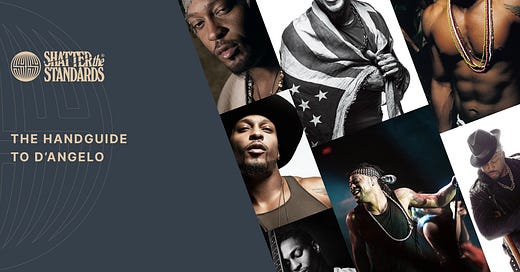

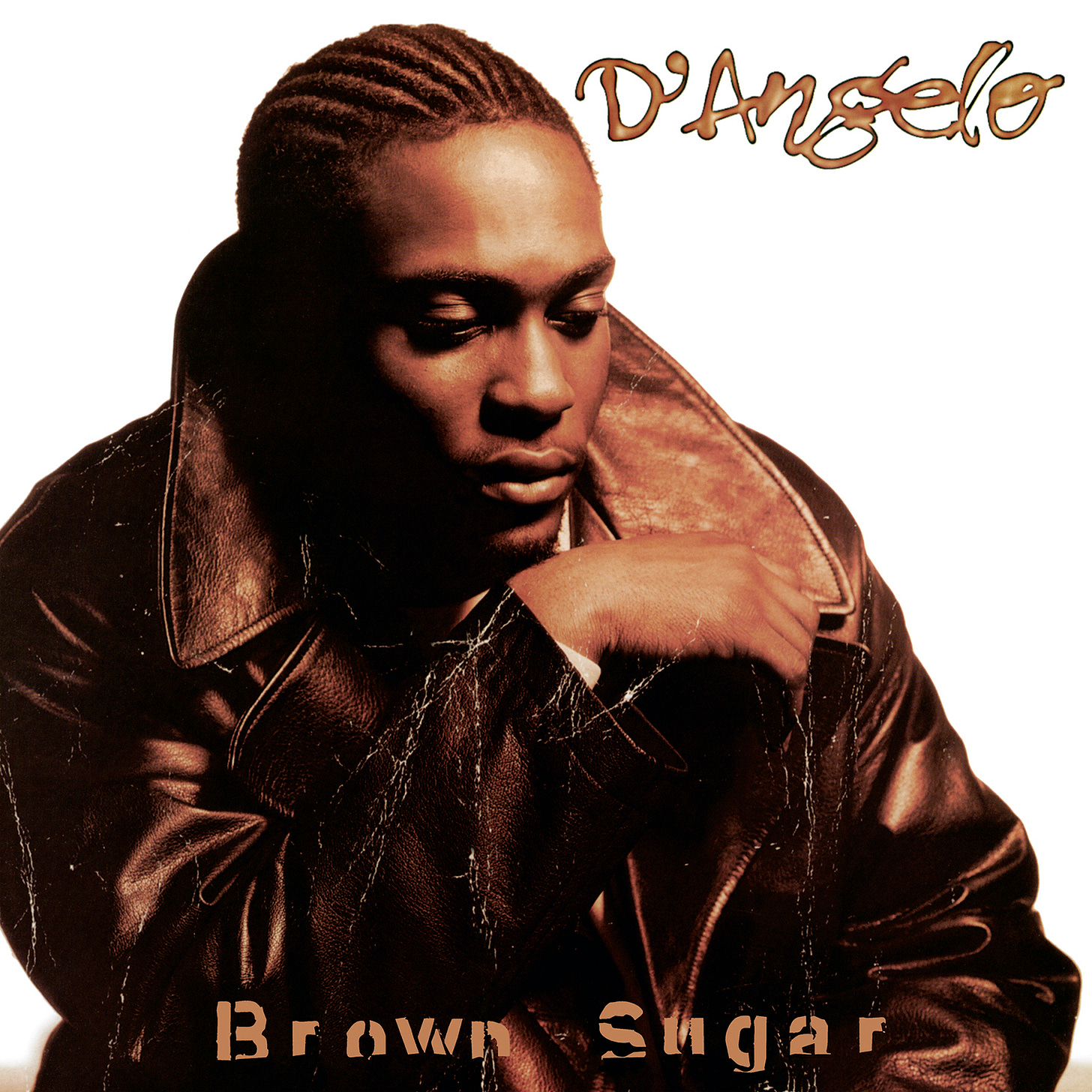
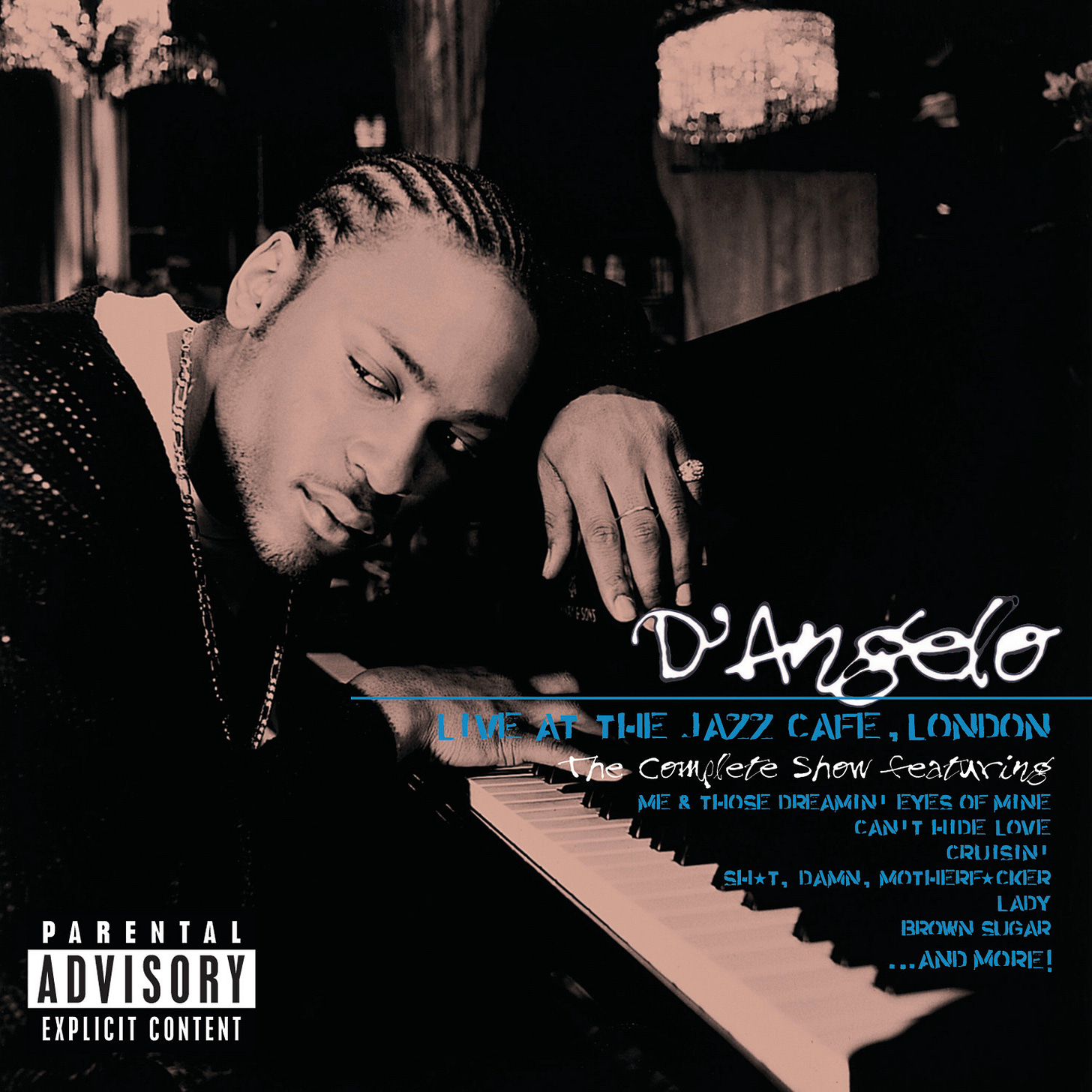
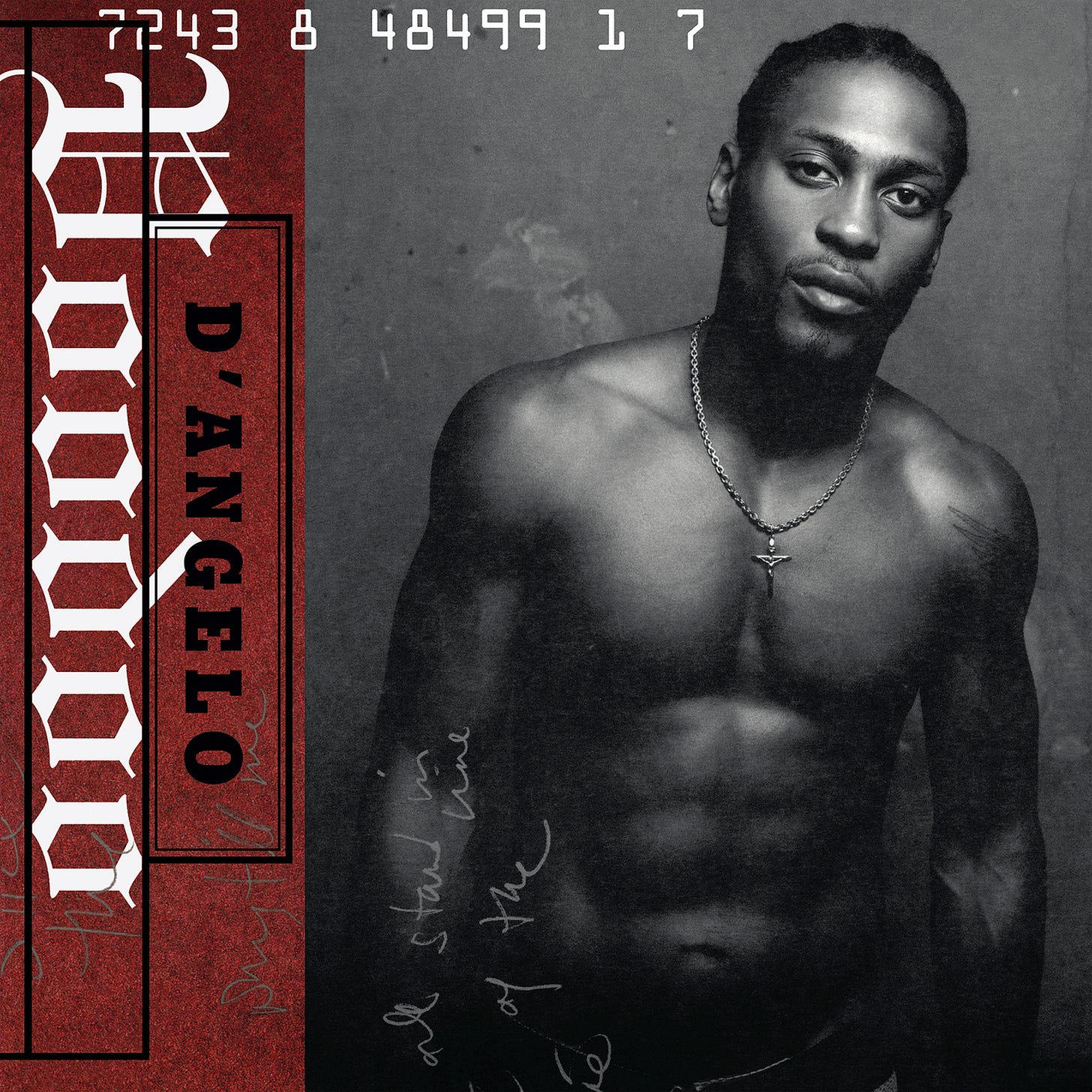
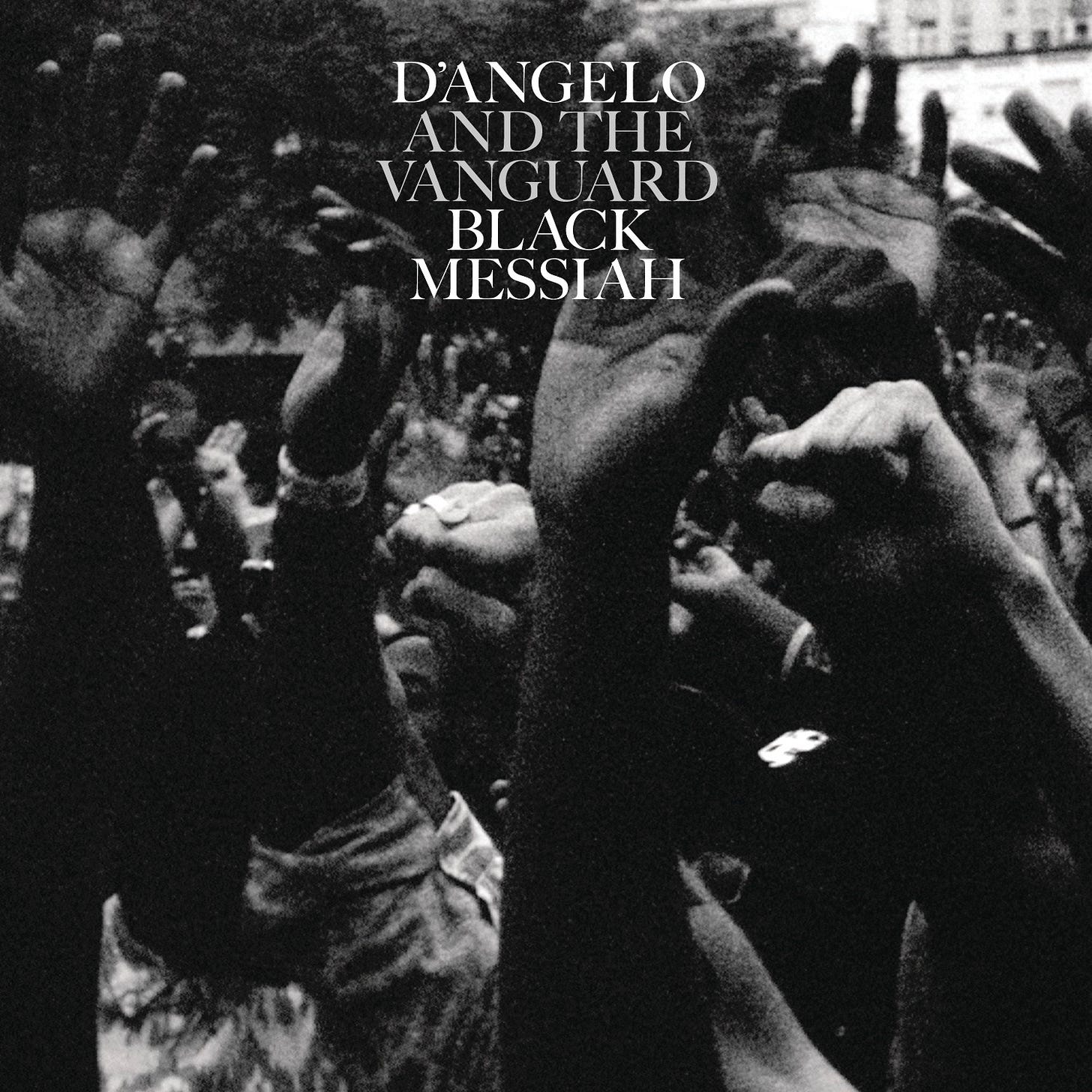
I never looked into his albums but now you have me wanting to listen to them all back to back! Thank you for this 💜💜💜
You just removed the ick he gave me from the “How Does it Feel” music video. I’ve had an ick towards him since childhood, which is probably why it seems childish - lol.